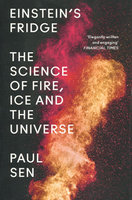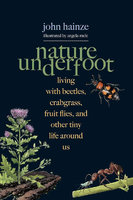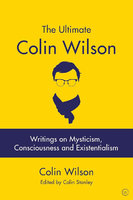New, Quality Gift Books - 50-90% off - over 2500 titles
Your basket is empty.
Categories Science & Maths SIRENS OF MARS: Searching for Life on Another World
SIRENS OF MARS: Searching for Life on Another World
Book number: 93962
Product format: Hardback
In stock
Bibliophile price
£4.50
Published price
$28.99
Customers who bought this product also bought
|
UNDREAMED SHORES
Book number: 92904
Product format: Hardback
Bibliophile price
£4.50
Published price
£20
|
PAPERSCAPES PARIS
Book number: 94088
Product format: Hardback
Bibliophile price
£7.50
Published price
£20
|
EINSTEIN'S FRIDGE
Book number: 94161
Product format: Paperback
Bibliophile price
£4.00
Published price
£9.99
|
|
HISTORY OF WATER: Being an Account of a Murder, an Epic
Book number: 94166
Product format: Hardback
Bibliophile price
£7.00
Published price
£25
|
NATURE UNDERFOOT
Book number: 94372
Product format: Hardback
Bibliophile price
£3.00
Published price
£20
|
ULTIMATE COLIN WILSON: Writings on Mysticism
Book number: 94386
Product format: Paperback
Bibliophile price
£8.50
Published price
£18.99
|
Browse these categories as well: Science & Maths, Nature/Countryside







